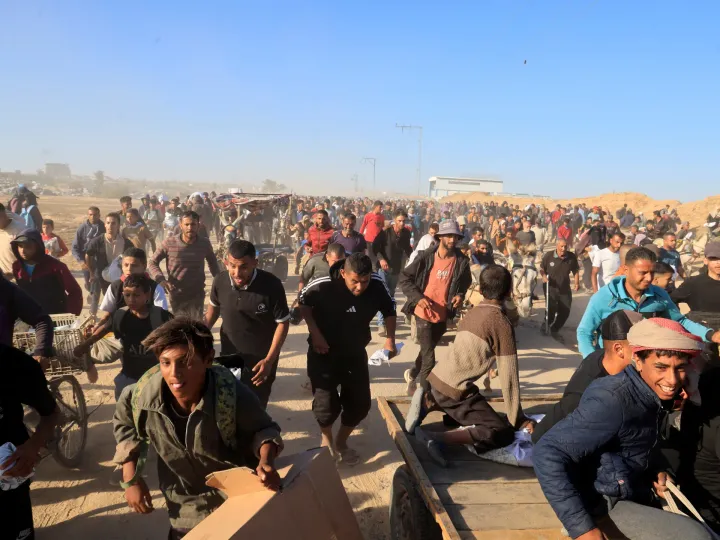ISIS Resurgence: New Wave of Attacks and Threats in Syria-Iraq
ISIS is reactivating sleeper cells, threatening stability in Syria and Iraq through recruitment, weapons distribution, and acts of terror.

ISIS Resurgence: Terrorism Threat Returns to Syria and Iraq
The surge in ISIS activity across Syria and Iraq has caught global attention. After years of being considered weakened, the terrorist group is now mounting a major reactivation, mobilizing sleeper cells, recruiting new members, and distributing weapons covertly. While many planned attacks have been foiled, recent trends show ISIS is reorganizing its power to disrupt regional security once again.
Latest ISIS Activity in Syria and Iraq
In May 2025, two bomb attacks in Suwayda, southern Syria, marked ISIS’s return to the terror stage. The first targeted a government military vehicle, while the second used an IED that killed a fighter from the Free Syrian Army, which is backed by the United States. ISIS’s claim of responsibility for these attacks signals a dangerous new phase, as the group exploits the power vacuum following the fall of Bashar al-Assad’s regime to operate with greater freedom.
According to reports from the international coalition, by mid-2025 ISIS had carried out at least 38 attacks in Syria and 4 in Iraq. This number is expected to rise as the group strengthens its organizational structure and distributes arms obtained from former Assad-era stockpiles. At the same time, local authorities and Western intelligence agencies have successfully thwarted several major plots, including suicide bombings and attacks on Shiite places of worship.
ISIS Recruitment Strategies and Weapon Stockpiles
ISIS is known for skillfully exploiting political and security turmoil in both countries. The group actively recruits new members from local communities, refugee camps, and detention centers like Al-Hol and Roj, which are filled with ex-militants and ISIS fighters’ families. ISIS has also regained access to various heavy weapons, ammunition, and even portable missiles from Assad-era caches scattered throughout provinces such as Aleppo, Deir ez-Zor, and Damascus.
Some intelligence sources estimate that there are currently 2,000 to 3,000 active ISIS members in Iraq alone. This figure does not include the underground networks and new recruits being mobilized on the ground.
International Response and Counterterrorism Challenges
Governments in Syria and Iraq, supported by the international coalition and the United States, have focused on strengthening intelligence operations, conducting large-scale raids, and arresting ISIS members in vulnerable regions. There is also an effort to curb recruitment by tightening security in refugee camps and improving deradicalization programs.
Despite these efforts, significant challenges remain. Ongoing political upheaval, fragile security, and armed conflicts among local militias allow ISIS to expand its network. Additionally, limited military intervention and shifting global attention to other issues keep the threat level high.
Ongoing Threat and the Future of Syria-Iraq
While ISIS’s power has not returned to its former “caliphate” peak, its sporadic attacks, structured recruitment, and ability to exploit power vacuums make the group a persistent threat. Their adaptability to underground operations and sudden attacks requires constant vigilance from security forces.
The international community, including the United States, continues to monitor these developments closely. The key to suppressing the ISIS resurgence lies in cross-border collaboration, stronger intelligence networks, and addressing the root causes of political and economic conflict in the region.





Comments ()